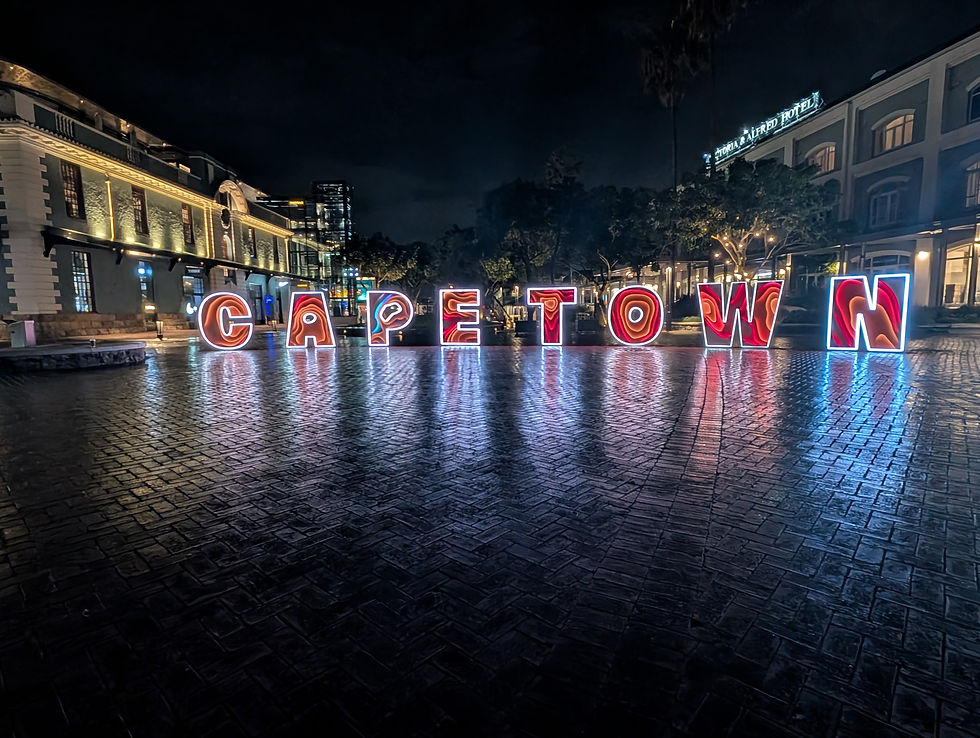Contiki Egypt & The Nile: Day 4 – Abu Simbel
- Mike McHugh

- Jul 25, 2017
- 2 min read
We had a 3:25 AM wake up call on day 4 of our tour because we had to disembark our boat which was still docked in Aswan and head via bus for 3 hours to Abu Simbel. It was worth the early wake up, though!
We saw the sunrise over the Sahara Desert on our way to Abu Simbel which was a cool experience in and of itself.

Upon arrival at Abu Simbel, we walked about 10 minutes to the temples where our guide, Sharif, gave us a 25 minute lesson on the history of the temples. They were built in about 1,250 BC by King Ramses II to try to appease the Nubian people enough to unite under him as their king. It worked & he even built a temple for his new Nubian wife, Nefatari, who was his favorite wife. The temples were lost to the world, covered by sand, until a young Nubian boy named Abu Simbel discovered the carving of a baboon while playing in the Sahara Desert. He quickly alerted an archeologist from Italy that was doing work in the area and was rewarded by having the temple complex named after him.
In the 1900’s, the temples were almost lost underwater forever as a result of the construction of the Aswan Dam which would have flooded the area. In order to save the temples, the Egyptians raised money from global organizations by sending King Tut’s mask on a world tour in the 1960’s. It raised enough money to cut the mountain into small blocks, relocate them to a higher location & put them back together!
They had to be careful to put it in the same position as there are two days a year where the main temple has perfect sunlight that radiates through the temple to the other side, illuminating three of four statues – all but the god of the underworld. The days are October 22 and February 22, when Rameses II was born & when he became Pharaoh.
It was amazing to see something I’ve only seen in pictures right in front of me. We were able to go up and touch the actual temple and everything!
Below are pictures from the main temple:






Below are pictures from the smaller temple for Ramses’ wife. This temple is best known for the hieroglyphs inside.



On the way back to the boat, we stopped in the middle of the Sahara Desert to take a few pictures.


Once we got back to Aswan, we boarded the boat and had lunch. During lunch, the boat departed for our next stop, the Crocodile Temple, which was about two and a half hours away.
.png)



Comments